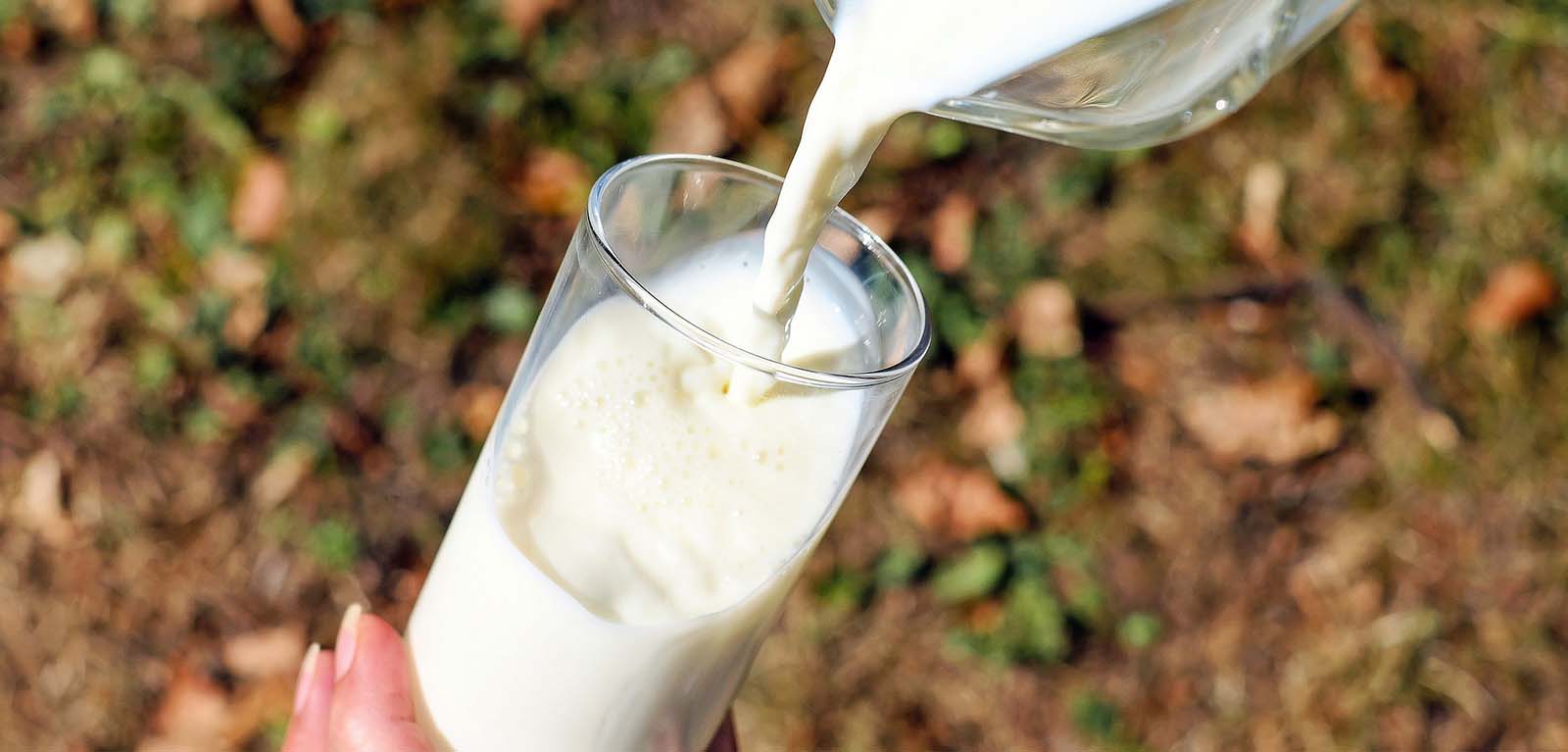Drinking milk made ancient humans heavier and taller – new study
Drinking milk led to taller and heavier ancient humans in some regions of the world and their consumption has a direct impact on lactose intolerance in Europe today.

A researcher from Queen’s University Belfast provided data for a study, which has been published today, comparing skeletons from archaeological sites spread over 25,000 years.
The research, which was led by University of Western Ontario, found that between 2,000 and 7,000 years ago the size increase was found in regions where ancient humans had higher levels of genes that allow the production of enzymes that digest milk into adulthood – this is called lactase persistence.
It also highlights that the process of evolution led to the pattern of lactose intolerance that we see today, where people in the north of Europe are more lactose tolerant than people in the south of Europe.
The study, involving a team of 16 researchers, compared the stature and body mass of 3,507 skeletons from 366 different archaeological sites. This created a large comparative data set to examine human body variation over time and geographic location. The study was published today in Proceedings of the National Academy of Sciences.
Dr Eóin Parkinson from Archaeology & Palaeoecology at the School of Natural and Built Environment at Queen’s University Belfast provided data for the study. He explains: “Through this study we’ve found that drinking milk led to increased skeletal growth and taller populations in some parts of the world. Everyone probably has memories from their childhood of being told to drink up their milk to help them grow. We can almost think of this in the context of our own evolutionary story and we see trends in diary consumption going back as far as 7,000 years ago having an impact on how people process dairy products today.”
He adds: “Drinking milk and the consumption of dairy products is a vital component in food culture in many parts of the world, so it is interesting to understand the underlying biological processes related to these practices.
“Agriculture emerged in the Near East before farming groups migrated into Europe, bringing a host of new domesticated plants and dairy producing animals with them. In some parts of northern and central Europe, where local environments were not suited to the newly imported south-west Asian crops, human societies responded through increased consumption of milk.”
Professor Jay Stock from University of Western Ontario led the study. He comments: “Milk drinking has been culturally important in different continents, and we see the genetic legacy of that today. There are high frequencies of lactase persistence genes in populations in western Africa, the Rift Valley, and the horn of Africa, as well as some parts of Arabia and Mongolia.
“I think the same mechanisms are likely driving some human size variation within Africa, for instance, Maasai herders of eastern Africa are characteristically tall and have a rich cultural history of drinking milk. Unfortunately, we don’t currently have the data to test that yet.”
The data set used in the study was primarily based on European samples. This was due largely to historically more frequent archaeological exploration within the continent.
While it has long been argued that a decrease in body size followed the development of agriculture, there is evidence people were getting smaller before they adopted agriculture, and the pattern continued after.
Stock said the decrease in stature occurred following the Last Glacial Maximum when the global environment was quite a bit cooler and likely less productive. This could have led to increased environmental pressures and a decrease in the variety of foods available due to the adoption of agriculture. This also led to a more abundant and stable food source.
Media
For media inquiries, please contact emma.gallagher@qub.ac.uk